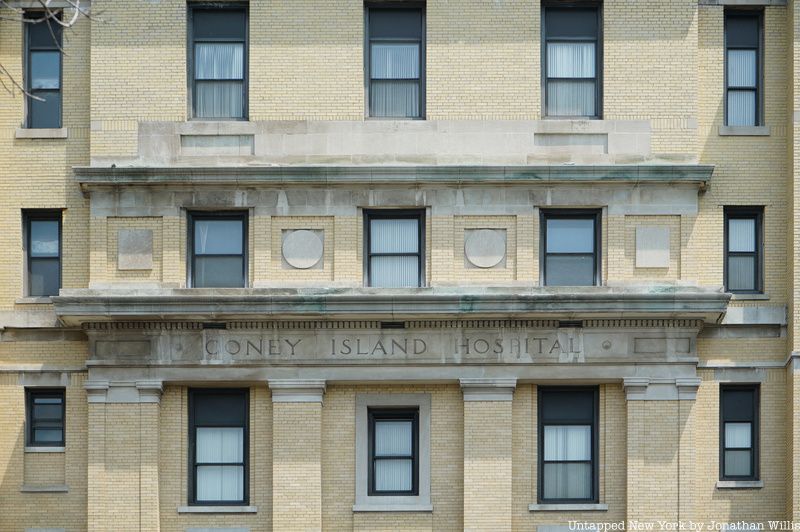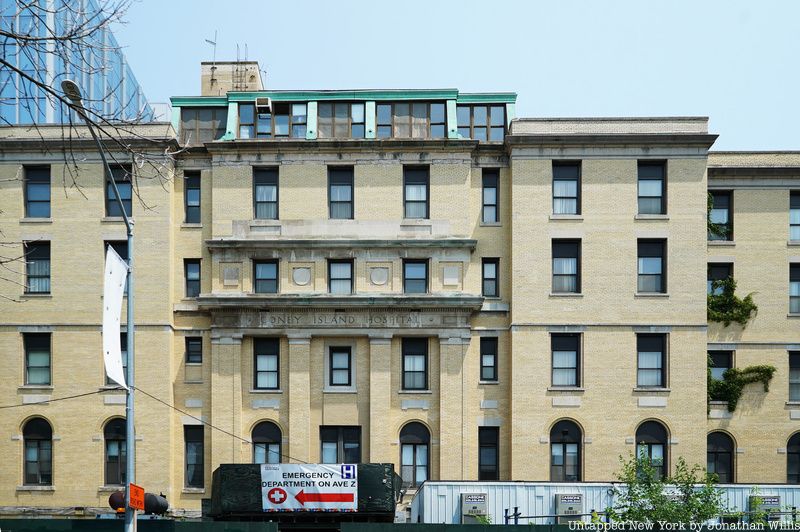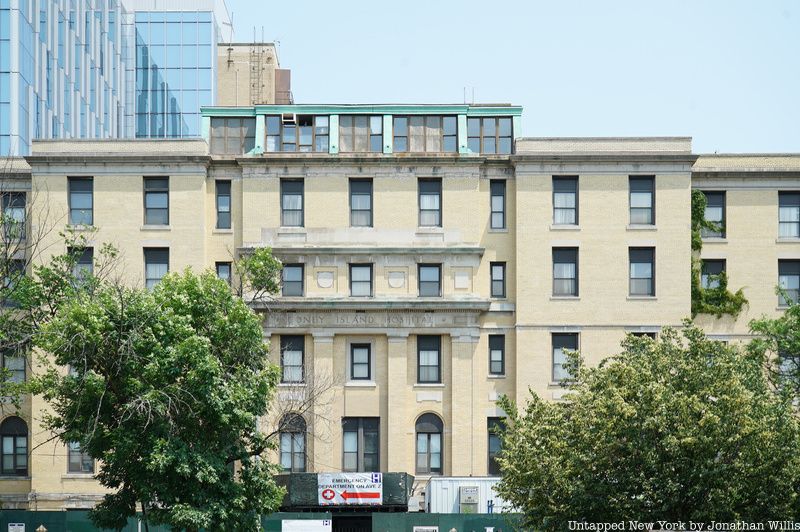Vintage Photos: NYC’s Lost Metropolitan Opera House
Although the old Metropolitan Opera House in NYC had an opulent, gold interior, it was demolished in 1967 after being denied landmark status.


Hospitals are epicenters of care. However, do we care about hospital buildings where we’ve received care? The Hammet Pavilion was the first building constructed for Coney Island Hospital. It opened in 1910 to serve the South Brooklyn community. Now, the building is at risk of being demolished. We sat down with Brooklyn architect Jane McGroarty to talk about why she and her team are trying to preserve this historic structure.

After Superstorm Sandy damaged Coney Island Hospital in 2012, FEMA and the city invested $923 million to build the new Ruth Bader Ginsburg Hospital. The new hospital building, which broke ground in 2018 and opened in May 2023, was designed to withstand a major storm. It features a flood-resilient elevated Emergency Department on the 2nd floor. It is the first new public hospital in New York City to be built in 40 years, marking a new era in healthcare services for Brooklyn.
With newer and better facilities, the hospital announced in 2021 that the old Hammett Building would come down. Renovation is too costly and not as attractive as a flagship modern glass building. Reports say that the demolition of the Hammet Pavilion will make way for a protective flood wall and space for an open-air courtyard.
McGroarty explains that the Hammett building is an example of critical innovation. in architecture. Built in 1910, the Hammett Pavilion was the first hospital building at Coney Island Hospital. It emblematizes the changing role of public infrastructure, particularly hospital design, to effectively care for the public. Prior to the Progressive Era, hospital buildings were more like warehouses. Hence, the Hammett building signifies a step of forward in the history of hospital design.

“It was a big deal when it opened…they had this grand opening and it was all kind of decorated,” McGroarty said, “so it’s a shame to just, you know, dump it down the trash heap.”
Furthermore, McGroarty praises the Hammett Building as “a physical manifestation of the social and healthcare aspirations of early 20th century Brooklyn.” Brooklyn architect Frank Helmle and his partner- the Helmle & Huberty firm- designed building. McGroarty affectionately nicknames Helmle “Brooklyn’s unsung hero.” The prolific architect is responsible not just for the design of the Hammett building, but also of Greenpoint Savings Bank, the Kings County, Brownsville, and East New York hospitals, as well as buildings in Park Slope, Prospect Heights. One of his most famous buildings is the exquisite Italian-Renaissance style Boathouse in Prospect Park. The Hammett Pavilion is part of Helmle’s legacy embedded into Brooklyn’s cultural and physical fabric.
The Hammett Pavilion was constructed in yellow pressed brick with a 600-foot frontage on Ocean Parkway. The Neoclassical façade is tidy and restrained, speaking to the intended cleanliness within. The projecting central bay wall is adorned with Doric pilasters and entablature whose frieze engraves ‘CONEY ISLAND HOSPITAL.’ In the 1930s, the building was sensitively raised from three to five stories. This addition is almost unnoticeable and blends seamlessly into the original construction.

McGroarty and her team are campaigning to have the Hammett Pavilion landmarked, and have submitted a proposal to the Landmarks Preservation Commission. In order to drum up more community support for the preservation, McGroarty created an online petition, which you can sign here. When exactly the building is set to be torn down is unclear. Untapped New York has reached out to NYC Health + Hospitals for comment but has yet to hear back.
“Once you tear down a building, it’s gone from people’s memories… we can save things.” McGroarty said.
Next, check out 12 Abandoned Hospitals and Asylums Outside NYC
Subscribe to our newsletter